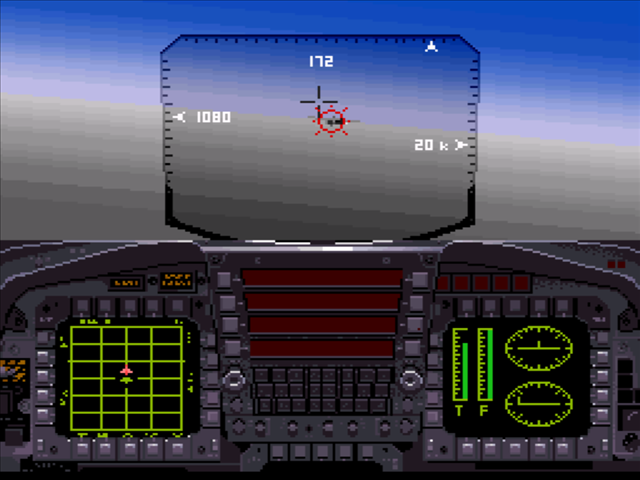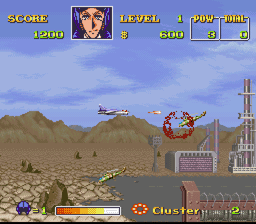Spindizzy Worlds is a puzzle game published by Activision, originally released on the Amiga and Atari ST in 1990, which was then ported to the SNES by Ascii Entertainment.
The game is a sequel to the 1986 video game Spindizzy which was released on early home computers such as the Amstrad CPC, Commodore 64, ZX Spectrum, etc . Spindizzy Worlds uses an isometric view, and the player controls a robotic device named GERALD (who looks like a yellow spinning top). His name is an acronymn for Geographical Environmental Reconnaissance And Land Mapping Device. The idea of this game is to explore a star system before it is destroyed, collecting the jewel like icons there as you go.
The best way to think of this game is as a less cutsey prototype of Super Monkey Ball, which features a yellow spinning robot instead of a trapped simian. Now take that image and push the graphics back about 10 years from Monkey Ball and you will be pretty darn close to what is on offer here.
Gerald will spin everywhere you direct it – but you’ll have a tough time getting it to stop at first, meaning you’re going to go shooting off of this and that platform, you’re going to get half way up a ramp and fall off, and you’re possibly going to do it again and again. Going up and down elevators is hard because no matter how careful you think you’re being, or how softly you think you’re using your fingers, sometimes you will find that you just cant seem to hold the little blighter in place long enough. The trick to this is Gerald travels at around his medium speed, if you try the face buttons then you will soon learn that one of them if held makes him go faster and another acts as a sort of brake or slow movement button.

A lot of this game kind of relies on you knowing when to go quickly and when to slow down, and of course once you think you have the hang of this the game will decide to give you a treacherous task to perform and decide to up the ante by making you have to do it quickly. Of course, this stops the game from becoming a cakewalk once you think you have gotten the hang of things, but it can also cause the game to get incredibly frustrating and I wouldn’t be surprised if there are not people who have torn there own hair out in flights of swearing and frustration. However I have seen people play this like they have some kind of neural link with the bloody game. Just like in Super Monkey Ball there are some players who with the right amount of practice manage to get so in tune with the controls and Gerald’s strengths and limitations that they can turn this in to a form of video game ballet and it becomes amazing to watch. Players like this are a rarity though. Most people will bounce around like a mad spinning top shooting off the sides or crawling at the pace of a snail and I think that in a way this makes this a hard game to show footage of. I am not saying that I am incredibly bad at this game or anything but I am quiet a shaky person mostly due to medication I am on for epilepsy, so I hardly make this kind of thing look graceful.
The graphics and sound are both adequate but that’s the best I can say about them. They don’t really add anything much to the game. For me this game is a bit of a Marmite game, you will either love it or hate it. If you want a fun challenging puzzle game then it might be worth giving it a whack but I would only recommend this if you have played the living hell out of things such as Monkey Ball, Kororinpa and Marble Madness and simply need more of that kind of game. If you decide you want a crack at this game you can get it online with a cartridge-only PAL copy going for around £7 which I would say is quite a fair price for this title. My copy is boxed but not in the best of shape and in all honesty I cant remember where the heck I got it from, or when I even got it.
I would give this game six out of 10, but like I said I think it is a real Marmite game. I can see some people saying it deserves eight and I can equally imagine people calling it a poor sliding mess and claiming six is far too generous, and that they would have given it three. If you like puzzle games maybe give it a bash but I can promise you that if you don’t usually like this kind of thing then this game will not be the one to change your mind.



 If you were a big fan of Capcom then the SNES was definitely the machine for you to get your arcade fix on back in the day. If you have
If you were a big fan of Capcom then the SNES was definitely the machine for you to get your arcade fix on back in the day. If you have